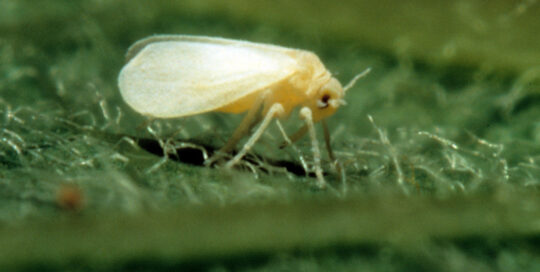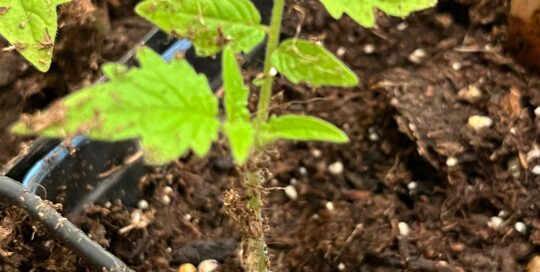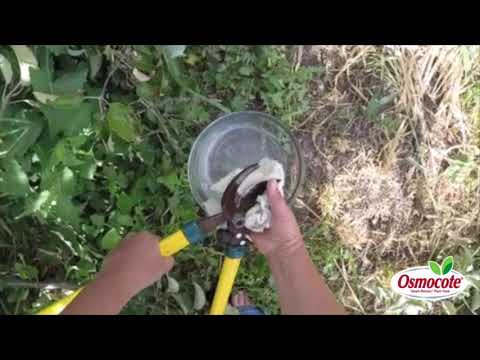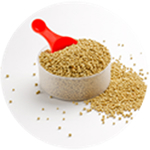Collaring Cutworms
Views: 6662

I have a confession to make: There have been times when Bill Murray’s character in Caddyshack seemed like a rational human being to me. Many mornings Ive gone out to the garden only to find the strawberry patch pecked clean, clumps of beheaded tulips or beans mowed down at ground level. Months of carefully tending my vegetable patch or flowers just to lose it overnight to cutworms is enough to make forming an explosive gopher seem like a good idea.
All of us have contended with critters that liked our gardens as much as we do. Unfortunately, many would rather eat the roses than simply enjoy their beauty. While we gardeners are a generous bunch who typically love giving as much as growing, theres nothing more disheartening than assessing the results after Bambi brought the entire family for a late night snack in your corn, or unseen forces left other plants nearly unrecognizable.
Cutworms
While many of the more troublesome pests dont rear their ugly heads until later in the season, there are those waiting in the soil for an early season snack. Cutworms are one species that do their damage during transplanting.
The first time I dealt with cutworms was far removed from the garden during my work as an assistant camera (a.k.a pack mule) for a natural history film on Glacier National Park. After the cutworm larvae pupates, the moths fly to the tops of some of the peaks to spend the late summer under boulders and scree. This provides an exceptional source of protein for grizzlies, which is why we hiked to the top of a mountain to film the bears turning over boulders for these tasty treats.
Preventing Damage
In the garden, cutworm larvae hold tight in the ground throughout the winter, but once warm weather hits they’re ready to start their next phase in life, which means they’re looking for something to eat. Cutworms feed at night so what often happens is you’ll plant broccoli, cauliflower or other members of the brassica family (one of their favorite snacks), and they’ll cut it down the next morning.
The easiest way to prevent damage is to place a protective collar around the base of the plant. For years I helped a friend of mine plant her garden and she taught me to use the plastic yogurt containers slightly pushed into the soil around the plant so the cutworms cant reach them. You can also use the heavier cardboard drinking cups or anything that will keep the worms away from the stem. Although leaving the collar on throughout the summer wont hurt the plant, I usually remove mine before the plant is too large to pull the collar over the top of it, and then store them in the shed for next spring.
Meet Amy Grisak
Amy is a freelance author and photographer in Great Falls, MT who specializes in gardening, foods, and sustainable agriculture. She provides information on every kind…
Amy's Recent Posts

Watch Out for Silverleaf Whiteflies








